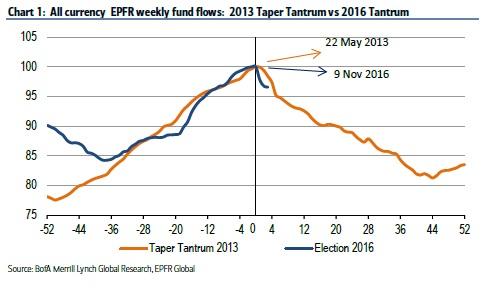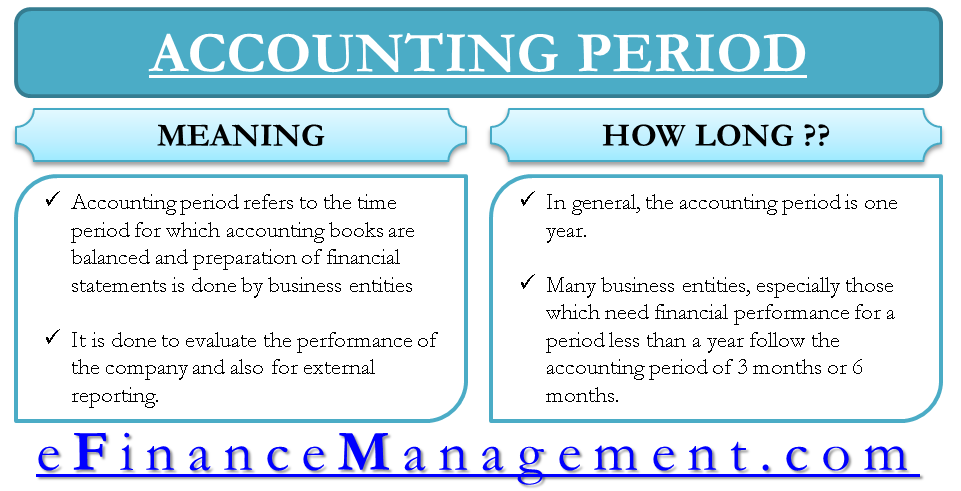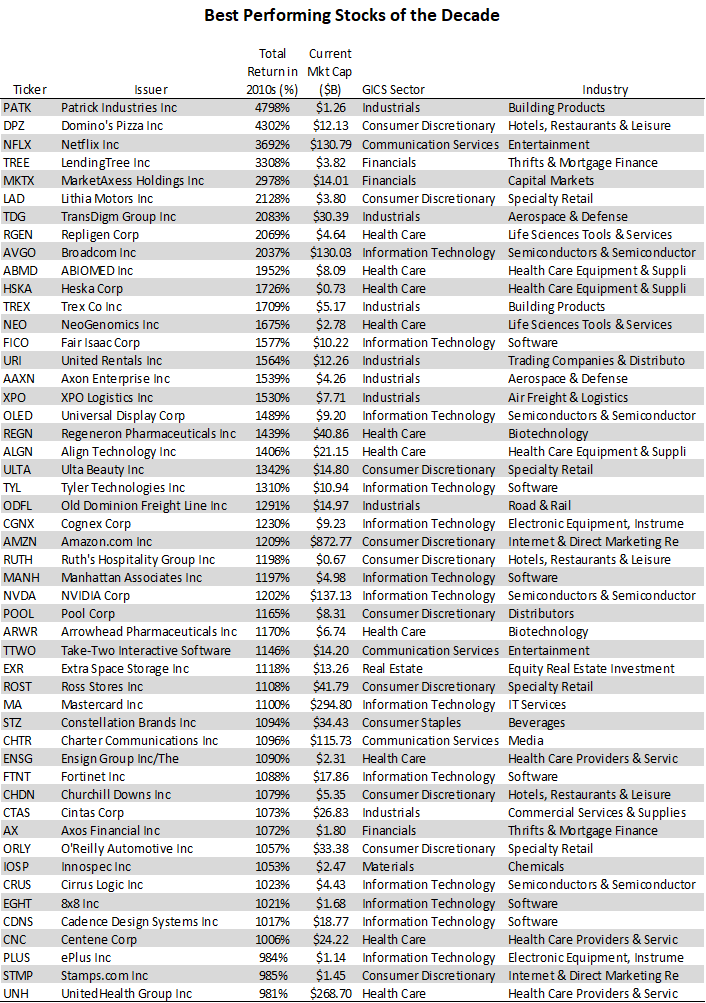
It explains the working of market for individual commodities and behaviour of individual buyer and seller in such market. There are two types of markets that are product market and factor market These markets are dependent on each other. The factors of production are earning in factor market but they are spending in product market.
Micro economics explain operating of a free enterprise economy where individual has freedom to take his own economic decisions. Micro economics divides the economy into various small units and every unit is analysed in detail. The study of economics is divided by the modern economists into two parts viz. Micro economics and Macro economics, both the terms were used in 1933 by Prof. Ragnar Frisch from Oslo University of Norway.
Solution of contemporary micro-economic problems
In this way, they follow in the “logical positivism” or “logical empiricism” branch of philosophy. Microeconomics applies a range of research methods, depending on the question being studied and the behaviors involved. Additionally, they can take UPSC Mock Test to assess their knowledge and track their progress, and identify areas that require more attention. Micro economics is based on the information dealing with individual behaviour, individual customers. So because of incorrect data Micro Economics may provide inaccurate results.
B2B Fuel Cards Market Future Scope and SWOT Analysis 2030 – EIN News
B2B Fuel Cards Market Future Scope and SWOT Analysis 2030.
Posted: Thu, 03 Aug 2023 10:04:00 GMT [source]
In fact, there Is no free market economy after great depression of 1930. It includes the potential measures of maintaining the economic prosperity of men as consumers and producers and improving that prosperity. Typically, access is provided across an institutional network to a range of IP addresses. This authentication occurs automatically, and it is not possible to sign out of an IP authenticated account.
Chapter 5: Production Function: Returns to a Factor
Accordingly, economic theories are also being devised on the basis of uncertainty. Therefore, in microeconomics, we also study the economics of uncertainty. Microeconomics studies how the prices of goods and services are determined in the market.
Pete Rathburn is a copy editor and fact-checker with expertise in economics and personal finance and over twenty years of experience in the classroom.

These terms were derived from the Greek words ‘mikros’ and ‘makros’ respectively which refer to the small individual unit and large. Two examples of macroeconomics include studying the causes of inflation and analyzing the effects of government scope of micro economics spending on GDP. Micro economics is based on unrealistic assumptions, especially in case of full employment assumption which does not exist practically. Even behaviour of one individual can not be generalised as the behaviour of all.
It consists of studying factors of production, production functions, cost analysis, and the law of production. The microeconomic theory also comprises mathematical techniques like linear programming to determine the optimal cost of production. Microeconomics studies the determination of prices of goods and services therefore it is known as price theory. Microeconomics studies product pricing in different market situations like perfect competition, monopoly, monopolistic competition, oligopoly, etc.
Welfare Policies:
Macroeconomics concentrates on phenomena like inflation, price levels, rate of economic growth, national income, gross domestic product (GDP), and changes in unemployment. For example, aggregate output, national income, aggregate consumption, etc. The main tools of Macroeconomics are Aggregate Demand and Aggregate Supply. Business pricing strategies correlate strongly with microeconomic factors. The ideal, or equilibrium price point exists at the point at which quantity supplied in the market exactly equals demand. The higher your prices, the lower the size of the population who will buy them.
It means that Microeconomics and Macroeconomics are interdependent. Micro economic analysis involves product pricing, factor pricing and theory of welfare. According to Prof. K. E. Boulding, “Micro Economics is the study of particular firm, particular household, individual prices, wages, incomes, individual industries and particular commodities.”
- The study of economics is divided by the modern economists into two parts viz.
- The subject matter of the theory of product pricing is the theory of demand and the theory of production and cost.
- If a manufacturer raises the prices of cars, positive microeconomics says consumers will tend to buy fewer than before.
- Microeconomics is concerned with study of parts but not the whole.
- This happens with the rising rate of inflation iii an economy.
- The principles relating to an individual household cannot be applied to the whole.
While the equilibrium of the firm is attached with “Minimization of Costs” or “Maximization of Output”. In other words, microeconomics analyses individual consumer’s and firms’ market behavior in an attempt to understand their decision-making processes. Microeconomics helps in determining the factor prices for land, labor, capital, and entrepreneurship in the form of rent, wage, interest, and profit respectively.
Limitations of Macroeconomics
If a manufacturer raises the prices of cars, positive microeconomics says consumers will tend to buy fewer than before. If a major copper mine collapses in South America, the price of copper will tend to increase, because supply is restricted. Positive microeconomics could help an investor see why Apple Inc. stock prices might fall if consumers buy fewer iPhones. Microeconomics could also explain why a higher minimum wage might force The Wendy’s Company to hire fewer workers. Micro economics deals with optimum allocation of available resources and maximisation of social welfare.
- In short, Micro economics guides for utilizing scarce resources of economy to maximize public welfare.
- Thus, the study related to individual units of the economy and small aggregate units such as market demand and industries lies in the scope of microeconomics.
- These methods attempt to represent human behavior in functional mathematical language, which allows economists to develop mathematically testable models of individual markets.
- The price of an individual commodity is determined by the market forces of demand and supply.
- The Marshallian and Walrasian methods fall under the larger umbrella of neoclassical microeconomics.
This happens with the rising rate of inflation iii an economy. With the pace of inflation, on one hand, wealth keeps on concentrating in a few hands while, on the other hand, consumers are deprived of their purchasing power. The natural inequality of income distribution in a free enterprise economy leads to exploitation of consumers. Microeconomics is concerned with study of parts but not the whole. In terms of individual terms, it is impossible to describe large and complex universe of facts like economic system. Microeconomics is based on the idea of free market economy.
Theory of Consumer Behavior
G., determination of the price of a product or study and observation of the behaviour of a consumer or a firm”. Microeconomics is concerned with the economic activities of such economic units as consumers, resource Owners and business firms. Macroeconomics is a part of economics that focuses on how a general economy, the market, or different systems that operate on a large scale, behaves.
Every firm tries to get equilibrium or maximize its profit. For this purpose, a firm tries to find optimum combination of factors. Each student of Economics is well aware of with the four factors of production like land, labor, capital and entrepreneur. “Micro economics studies the behaviour of individual parts and units of any economy, e.
Metaverse Market Future Scope and SWOT Analysis 2030 – EIN News
Metaverse Market Future Scope and SWOT Analysis 2030.
Posted: Thu, 03 Aug 2023 10:06:00 GMT [source]
Neoclassical economics focuses on how consumers and producers make rational choices to maximize their economic well being, subject to the constraints of how much income and resources they have available. Each economic system has to make the decisions regarding what is to produced, how it is to be produced and how the resources to be allocated amongst the different competing uses. Thus, in the micro economics, we deal with the problem of production, consumption, distribution and resource allocation. This chapter examines the history, origins, and scope of microeconomics.
ECONOMICS,COMMERCE AND MANAGEMENT
They can check whether the government has used that money for welfare of the people. Microeconomics provides idea about working of the economy. All such consumers and firms are part of the whole economy. It teaches us to purchase the required products in most suitable quantities so that the total utility obtained is maximized.

Microeconomic analysis and macroeconomic analysis are now considered two important approaches to economic analysis. It tells us effect of government policies on allocation of resources. The government can adjust its policies through reaction of individuals.
